10 Animals Hunted (or Nearly Hunted) To Extinction
Extinction brings up some pretty interesting evolutionary considerations. Estimates say that by mid 21st century 30% of species may be extinct. In the end, extinction will be the ultimate fate of all species- but how long it will take to get there will depend heavily on humanity’s future courses of action.
Today’s hunting regulations are very strict and the material in our hunter safety course help ensure that hunting activities are controlled and operated in an ethical way. From what kind of animals can be hunted, which season and how many, hunting regulation efforts are there to help preserve wildlife and habitats.
Here we’ll look at some notable animals that have been hunted (or nearly) hunted to extinction.
1. Woolly Mammoths
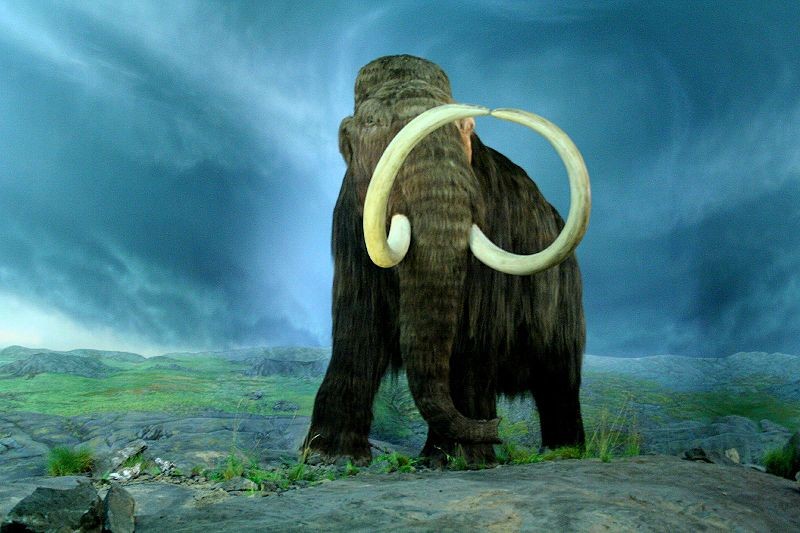
The last of the Great Woolly Mammoth populations vanished near the end of the last Ice Age over 4,000 years ago. These incredible creatures carried tusks that could measure up to 15 feet long. And imagine- they are considered one of the smallest among their specie. The mammoth lived on birch and was hunted for meat and fur. The hunting of the last surviving woolly mammoths greatly contributed to their decline and extinction. With the decline in mammoths, birch forests, known for being high sunlight absorbers, multiplied and helped melt away the Ice Age, taking the woolly mammoth with it.
2. Caspian Tigers
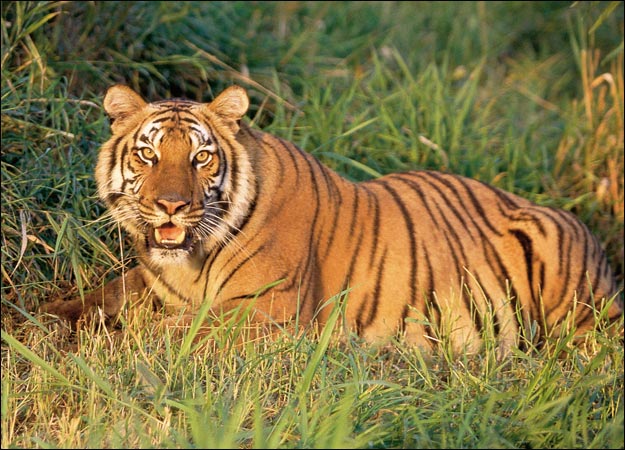
Tigers were first put on the endangered specie list in the 1960’s, but trophy hunting and fur trade has continued despite the heightened risk of extinction. The Caspian tiger specie had been pretty well wiped out at the beginning of the 20th century, when the Russian government was setting up rice and cotton fields in forests these tigers inhabited. The army was ordered to exterminate all tigers found near the Caspian sea. The Caspian tiger, a sub-specie of the Siberian tiger, went extinct sometime between 1954-1959 and while there have been a few reported sightings, one in the 1970s and another in 1997, these claims have never been confirmed.
3. Thylacines (Tasmanian Tigers)
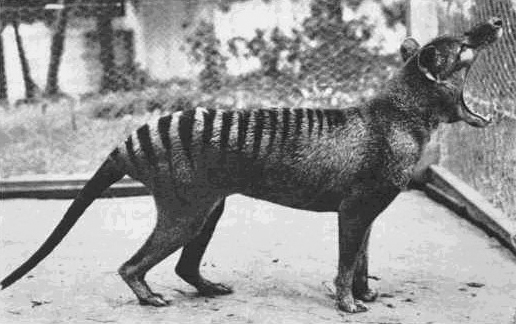
In 1936, the largest carnivorous marsupial of the time, the thylacine - became extinct. With the head of a dog, the stripes of a cat and the pouch of a kangaroo this unique creature, better known as the Tasmanian tiger, just couldn’t seem to make its place alongside humans (or dingoes apparently). Many farmers believed thylacines were responsible for attacking their livestock. Killing them was considered acceptable if not encouraged. One particular wool and textile supply company called Van Diemen’s Land Company was in great part responsible for the eradication of the Tasmanian tiger.
They believed they were such a problem that they put bounties on thylacines starting in 1830. Between 1888-1909, the Tasmanian government was even paying to have thylacines exterminated. By 1936 the last known thylacine named "Benjamin," died at the Hobart zoo.
4. Dodos
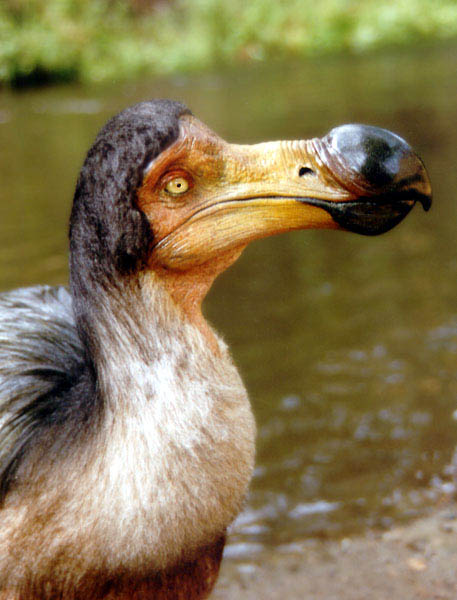
The dodo has been the proverbial bird that was always destined for doom. And when humans first arrived on the island of Mauritius, home of the dodo, “Dodo never had a chance”. Dodos went extinct in the mid-to-late 17th century and their disappearance is directly attributable to human activity. These flightless birds evolved in a land that was isolated from predators so when humans first barged in, bringing with them a rumpus of new lifeforms like dogs, cats and bloodthirsty pigs, dodos were unaware of the grave danger that threatened their lives.
This oblivious fearlessness of other species coupled with their inability to fly made them very vulnerable and easy targets. Just a century after their species’ discovery in 1581, this rare bird “went the way of the dodo” as they say.
5. Passenger Pigeons
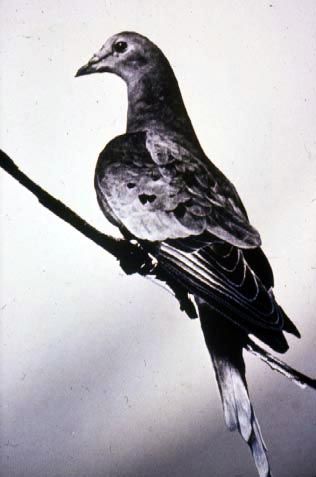
The Passenger Pigeon’s story is a grim one. It was one of the most abundant birds in the world - but by the early 20th century, their specie had been hunted to extinction. Due to their abundance, (they would migrate in flocks of billions through the sky!) their meat was used to feed slaves and the poor and they were slaughtered, quite barbarically on a prodigious scale.
6. Polar Bears
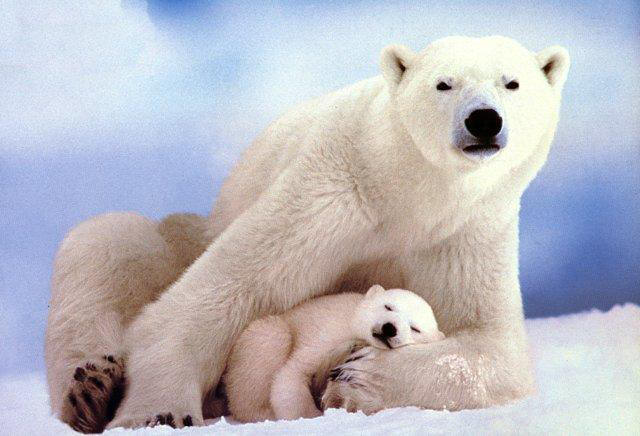
Polar Bears have become endangered in large part because of global warming and climate change in the Arctic. Two thirds of the population of polar bears may vanish due to such a polar shift in weather conditions. Excessive hunting for their precious hides, meat, fat and flesh have also helped significantly reduce their numbers. Estimates by scientists researching polar bears and arctic habitat suggest there might be 20,000- 25,000 polar bears remaining.
6. Muskox
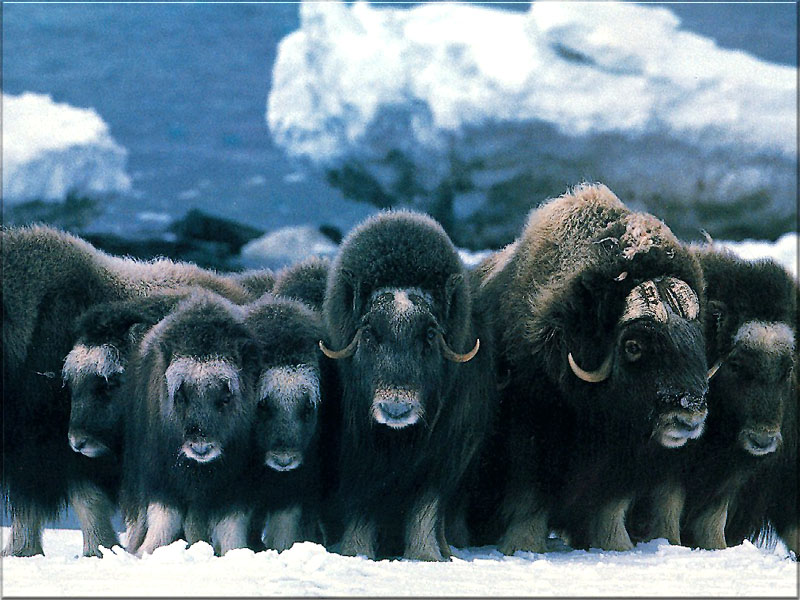
The muskox nearly became extinct because of over-hunting throughout the late 1900s until the 1930s. Fortunately, population recovery has taken place thanks to hunting regulations. Muskox are hunted for their hides, for food and for trophies- but they are run away from for their pungent musky smell. Like a friendly adrenaline snot warning, this smell gets emitted from a gland in their noses when getting ready to charge and attack. The smell also attracts females during mating season. Just a spritz of Eau de Muskox seems to drive the Muskoxettes wild!
7. Mediterranean Monk Seals
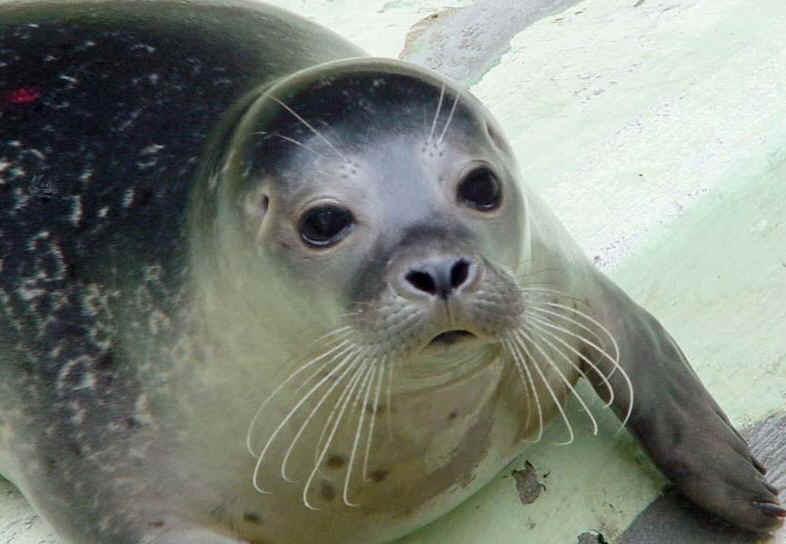
Fewer than 600 Mediterranean monk seals exist and they are one of world’s most critically endangered marine mammals. Their decline can be attributed to industrial development and the establishment of resort areas along the Mediterranean Sea- but fisherman have also played their part in causing such low numbers. Illegal shooting occurs very frequently because seals are blamed for eating all the fish.
8. American Crocodiles
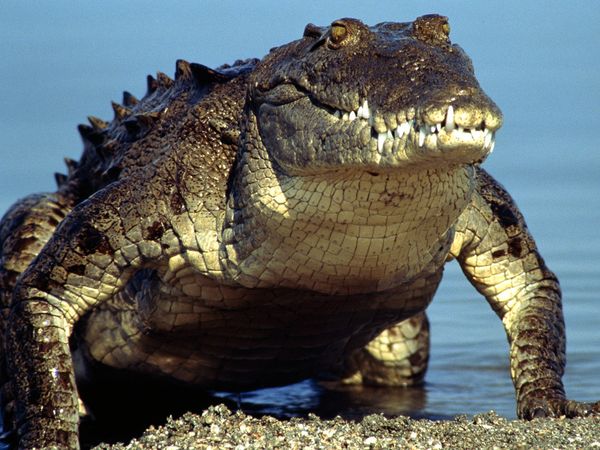
Humans have long hunted crocodiles for their valuable skins used to make shoes, belts, bags and more. From the 1950s to the late 1960s excessive hunting rendered the American croc endangered. Recently, things took a turn for the better. In 2003 the nonprofit World Conservation Union reclassified the sharp-toothed reptile from 'endangered' to ‘threatened’. This means there has been enough population recovery to sustain the croc population, however this does not make them fully immune to threats.
9. Flying Foxes
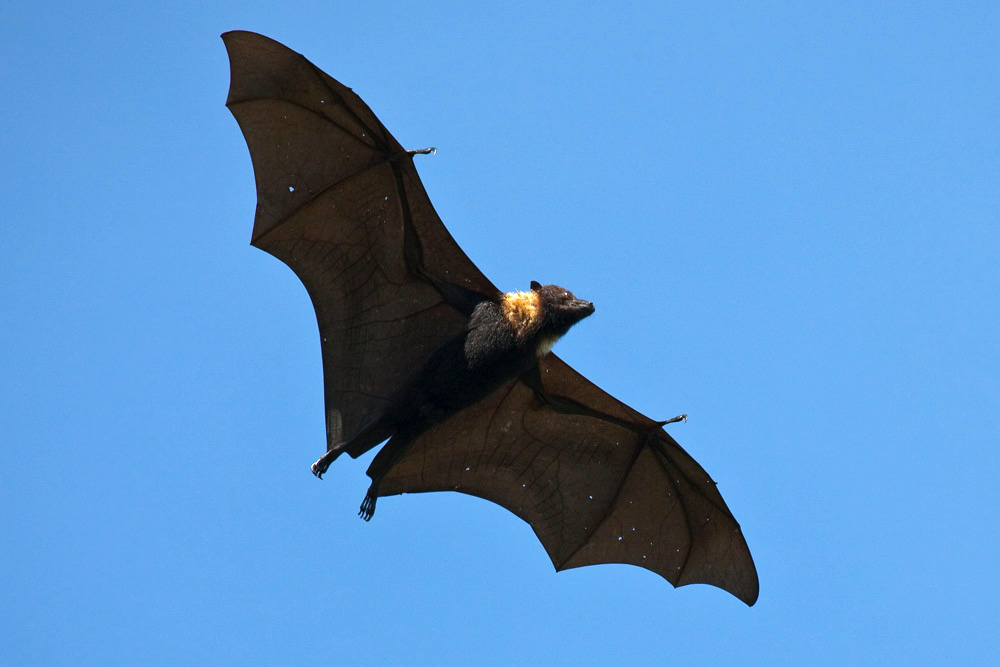
The flying fox (a bat of the genus Pteropus) is the largest species of bat in the world, with a wingspan of up to 6 feet! Like many species native to the Pacific, it is threatened with extinction because it is over-hunted for its meat (which is considered a delicacy), medicinal purposes (pteropus meat is believed to help cure asthma) and just for sport.
10. Great White Sharks
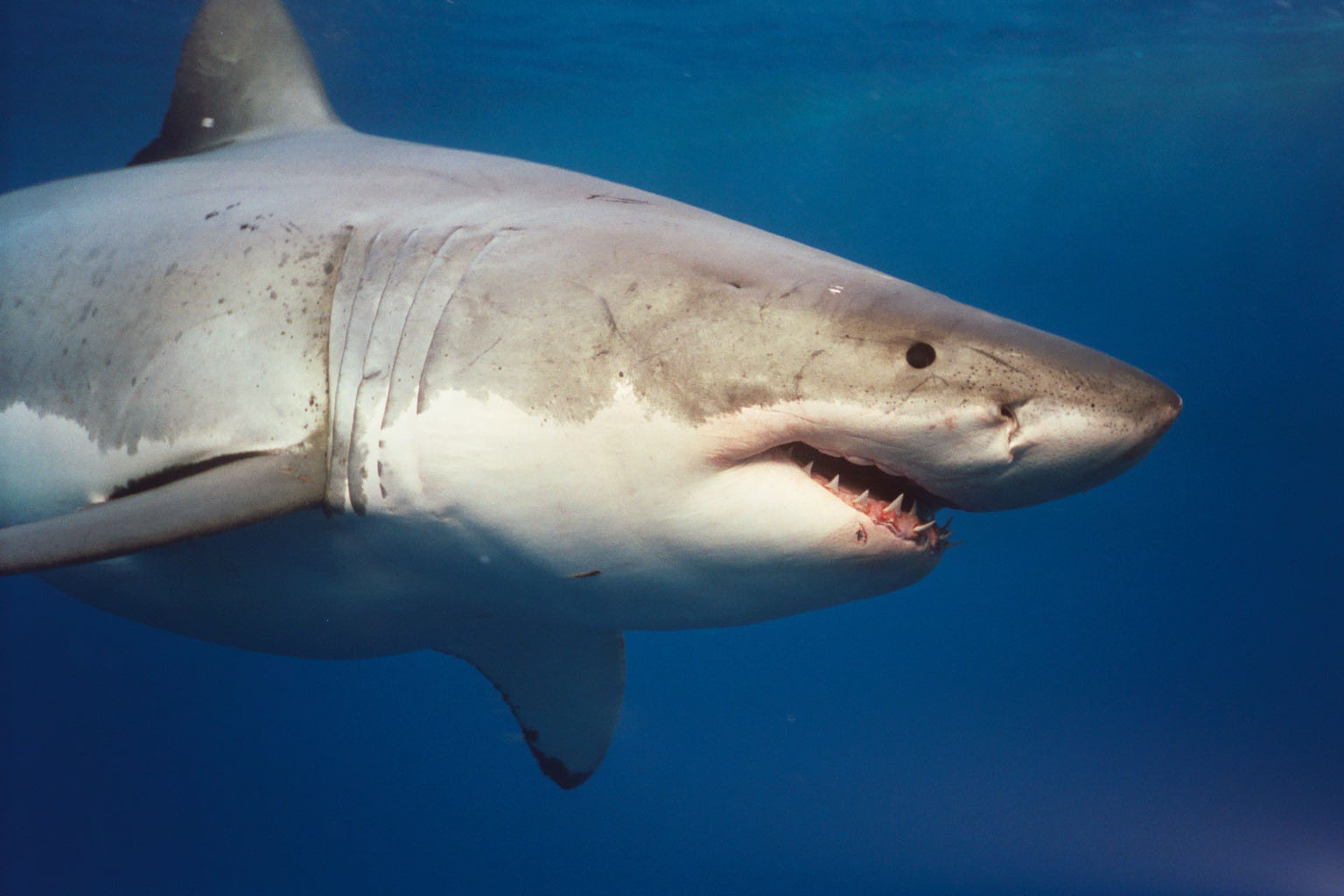
Shark fin (the main ingredient in shark fin soup) is another prized delicacy which has unfortunately led to a serious decline in the number of great whites. Great white sharks are the largest predatory fish on Earth but these giant sea creatures are victims of "finning" by fisherman, essentially, stripping the fins from the shark then tossing them back in the water to die or be eaten alive. The practice has been declared illegal in several countries including Brazil, South Africa and the USA but it remains widespread and largely unmonitored.
